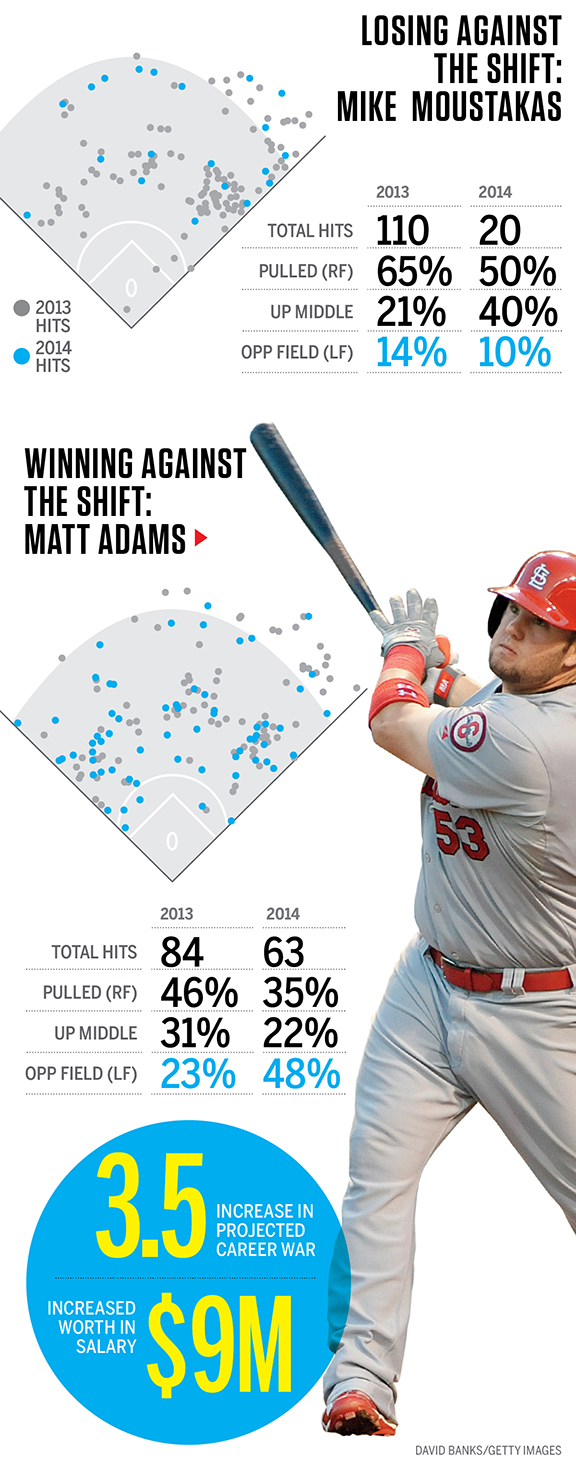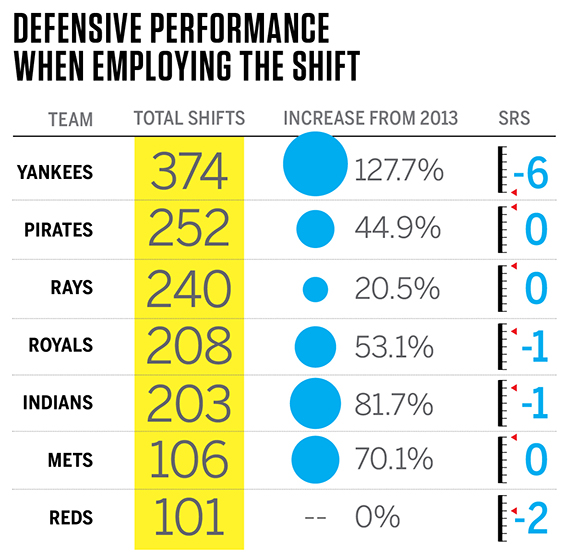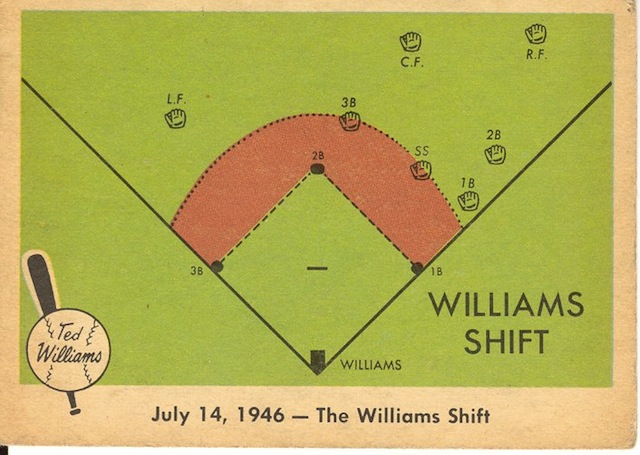I still think they will ink Lindor, but if not that's 5 seasons until free agency. Shit, I'll be lucky if I'm around to see the 2022 season - first things first!

On to Bauer - great outing. As a #4 or 5 guy, he is still a real good fit on this team. Nice comments by Molitor at the end.
Cleveland Indians' Trevor Bauer bounces back after balk to beat Minnesota Twins
MINNEAPOLIS - Trevor Bauer said what happened to him in the fourth inning Thursday afternoon usually occurs about once a season, but there was a different element involved this time.
Bauer's back foot slipped on the pitching rubber as he was about to throw a 3-1 pitch to Jason Castro with the bases loaded. Bauer stumbled through the rest of his delivery and was charged with a balk as Joe Mauer scored from third to give the Twins a 1-0 lead.
When he walked Castro to reload the bases and allowed a sacrifice fly to Jorge Polanco, the Twins held a 2-0 advantage. The fact that they had Ervin Santana, one of baseball's hottest starters, on the mound made that 2-0 lead look daunting.
But Bauer held the Twins scoreless for the next 2 1/3 innings as the Indians rallied for a 6-2 victory at Target Field and a three-game sweep.
"That happens about once a year," said Bauer following his first win of the season. "As soon as I lift my leg and start to make my move to the plate, one of my back cleats slip and I lose my balance.
"It happens to me every now and then - but that was the first time with the bases loaded. That was unfortunate."
It was just the second balk in Bauer's career and the first since April 28, 2015 against Kansas City.
Bauer (1-2, 6.35) threw 110 pitches in 6 1/3 innings. He showed the Twins a curveball at 79-80 mph. He threw cut fastballs and change ups between 86 and 88 mph. Then there was his fastball that topped out at 95 mph.
"I had a good pre-game bullpen session," said Bauer. "Everything worked in the pen. Sometimes that happens and nothing works on the mound.
"The first couple of innings, I left a lot of curveballs up. It was cold out there and sometimes it's tough to get a grip on the ball. I just tried to go through the game and execute the pitches that were called. Thankfully, most of the time it went well."
Indians manager Terry Francona on Trevor Bauer's first win of season
It was 43 degrees at game time, windy and raw. Bauer, however, pitched in short sleeves.
"Sometimes I'll wear (long) sleeves," said Bauer, "but today it wasn't that bad on the mound."
Bauer says he usually has one inning in every start where it appears the sky is falling. How his day ends usually depends on how he handles that inning.
Thursday it was the fourth, complete with his bases-loaded walk. Bauer handled it well even though he needed 39 pitches to do it.
"Every run we got was meaningful because Trevor only gave up two in that inning," said manager Terry Francona. "The balk was unfortunate timing. You're hoping you're one pitch away from a double play. Then all of a sudden it's second and third and you're looking at a tougher inning.
"To his credit he held them to two and buckled down from there."
Bauer said it was "huge' to get out of the fourth with the Tribe down, 2-0.
"I was happy to get through it with only two runs scoring and the offense came back and scored one right away, which I thought was really big," said Bauer.
The Indians cut the Twins lead in half, 2-1, on doubles by Abraham Almonte and Carlos Santana in the fifth. They took the lead in the seventh with three runs, the first coming on another Santana double and bases-loaded walks to Michael Brantley and Jose Ramirez.
Twins manager Paul Molitor, ejected in the eighth inning by plate umpire Alan Porter for arguing balls and strikes, watched the Indians sweep his team in a rain-shortened three-game series.
"You add Michael Brantley to your lineup and that's going to help your cause," Molitor told reporters. "Brantley is a complete hitter, a little bit of power and he can certainly hit for a high average. He takes good at-bats every day and (Edwin) Encarnacion certainly puts a big threat in that lineup.
"They're tough. They grind it out. They have a fairly good idea (at the plate). They're coming off a successful season and I'm sure they feel pretty good about themselves."






